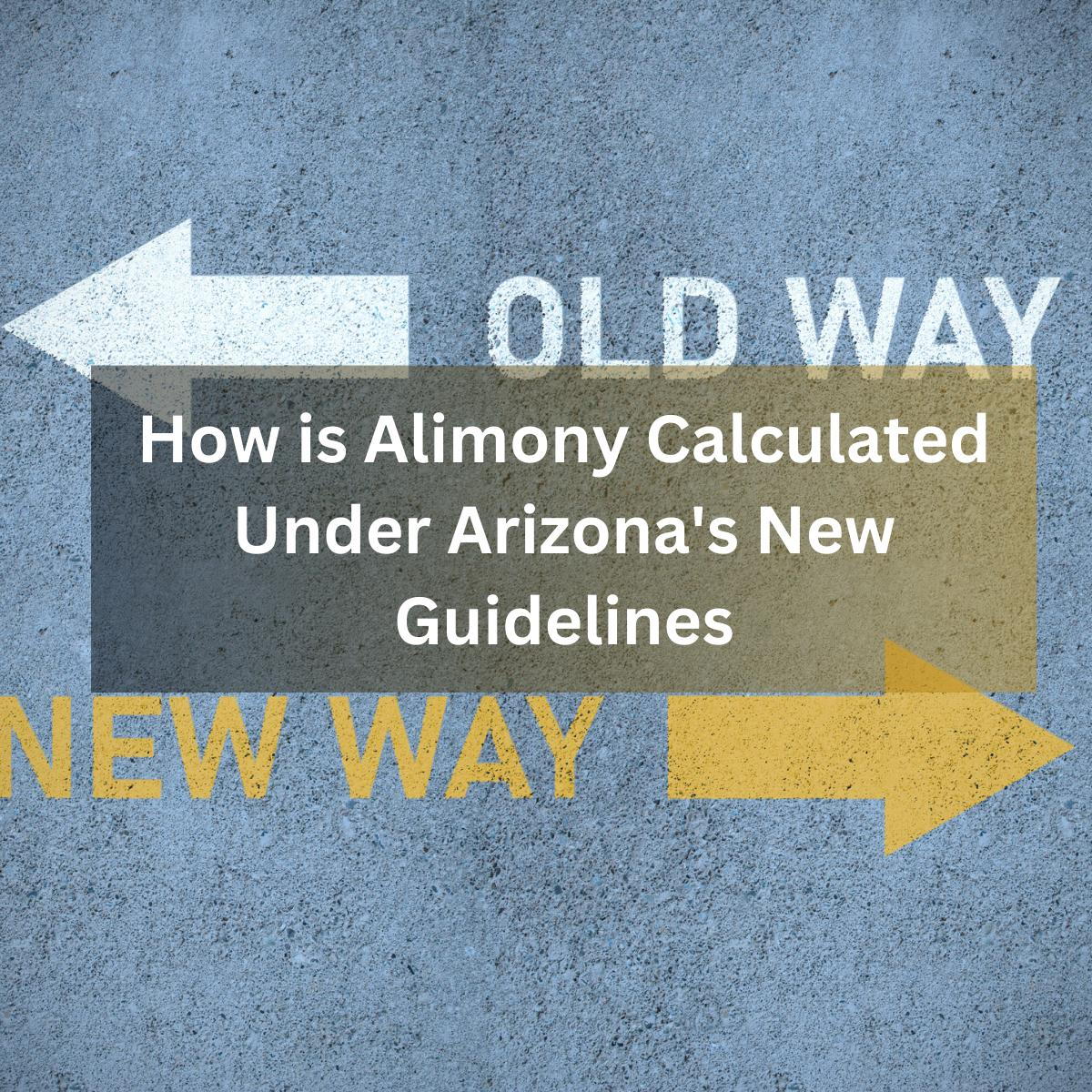
How Is Alimony Calculated Under Arizona’s New Guidelines?
- posted: Feb. 16, 2024
- Child Support
In 2003, Arizona adopted statewide guidelines aimed at achieving greater uniformity in the amount and duration of alimony awards for divorcing couples in similar circumstances. However, it did more than provide a tool for calculating payments where none had existing before. It changed the philosophy of alimony from lifelong support to rehabilitation.
The statute authorizing the guidelines says explicitly that spousal maintenance is to be awarded “only for a period of time and in an amount necessary to enable the receiving spouse to become self-sufficient.” The guidelines provide standardized methods for making these determinations.
Calculation of spousal maintenance now requires finding the following data:
Family size — This is how many family members the spouses are legally obligated to support.
Combined annual income — This includes both spouses’ annual income from most all sources. However, it excludes child support, spousal maintenance from another marriage and disability and public assistance benefits.
Average monthly mortgage principal — This is the monthly payment for the marital home’s mortgage for the 12 months prior to filing for divorce, excluding interest, taxes and insurance,.
Fixed expenses — These include health insurance, utilities, food, transportation and housing expenses exclusive of mortgage principal.
The first step is to calculate the monthly expenses for one adult in the household and to add that to one-half of the family’s indivisible expenses per month. That sum is then added to the average monthly mortgage principal, which gives the combined expenses for the household. The recipient spouse’s share of combined expenses stands in proportion to that spouse’s share of combined annual income. The remainder of the combined expenses determines the target range for the alimony award. The court can award an alimony amount within the target range or can deviate from it based on certain specified factors, including the recipient spouse’s age and ability to be employed.
Duration of alimony is now set based on the length of the marriage. The maximum durations are:
One year for marriages of less than two years
Three years for marriages of two to five years
Four years for marriages of five to 10 years
Five years for marriages of 10 to 16 years
Eight years for marriages of 16 years or more
The duration cannot be extended except in limited circumstances. For a marriage longer than 16 years, if the recipient spouse is more than 42 years old, the court can extend the duration under the “Rule of 65.” The disability of the recipient is also a ground for extension.
While the guidelines offer a more consistent approach, there is still flexibility in the size of alimony awards that judges can grant. A skilled Arizona family law attorney can help you to obtain a fair alimony arrangement, whether you are the recipient or the payer.
At Clark & Schloss Family Law, P.C. in Scottsdale, we are experienced in representing Arizona divorce litigants in alimony disputes. Call 602-789-3497 or contact us online today to arrange a consultation.



